Gallery
Photos from events, contest for the best costume, videos from master classes.
 | 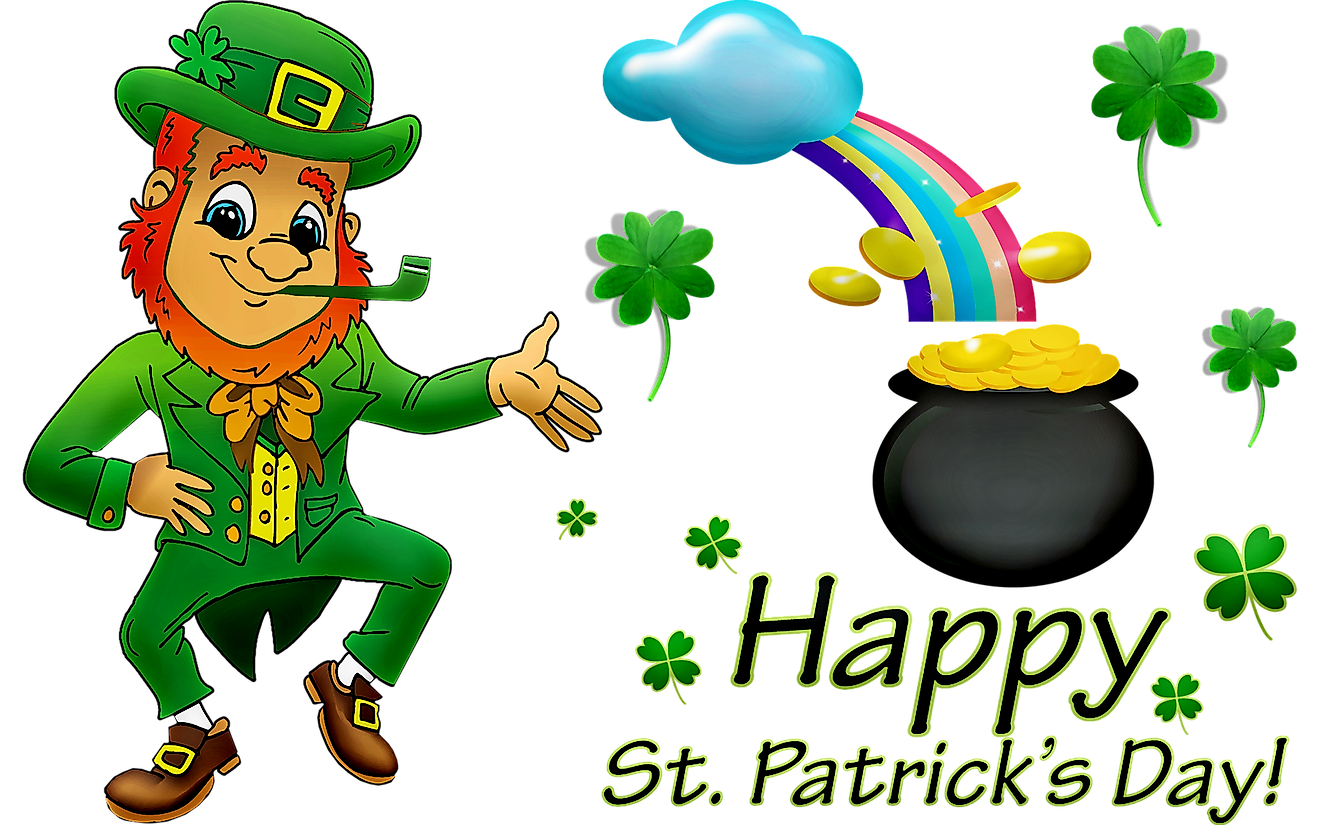 |
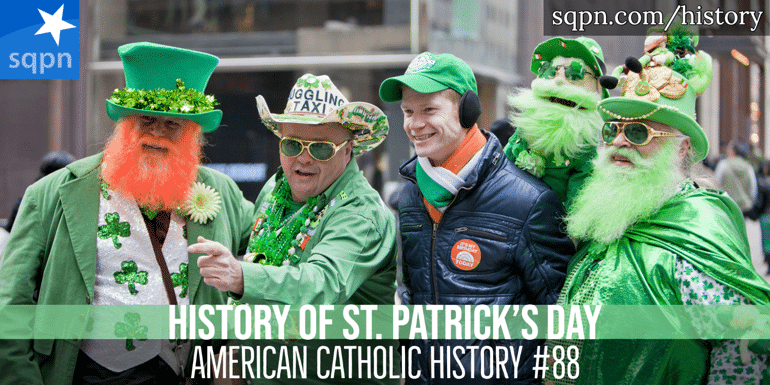 | 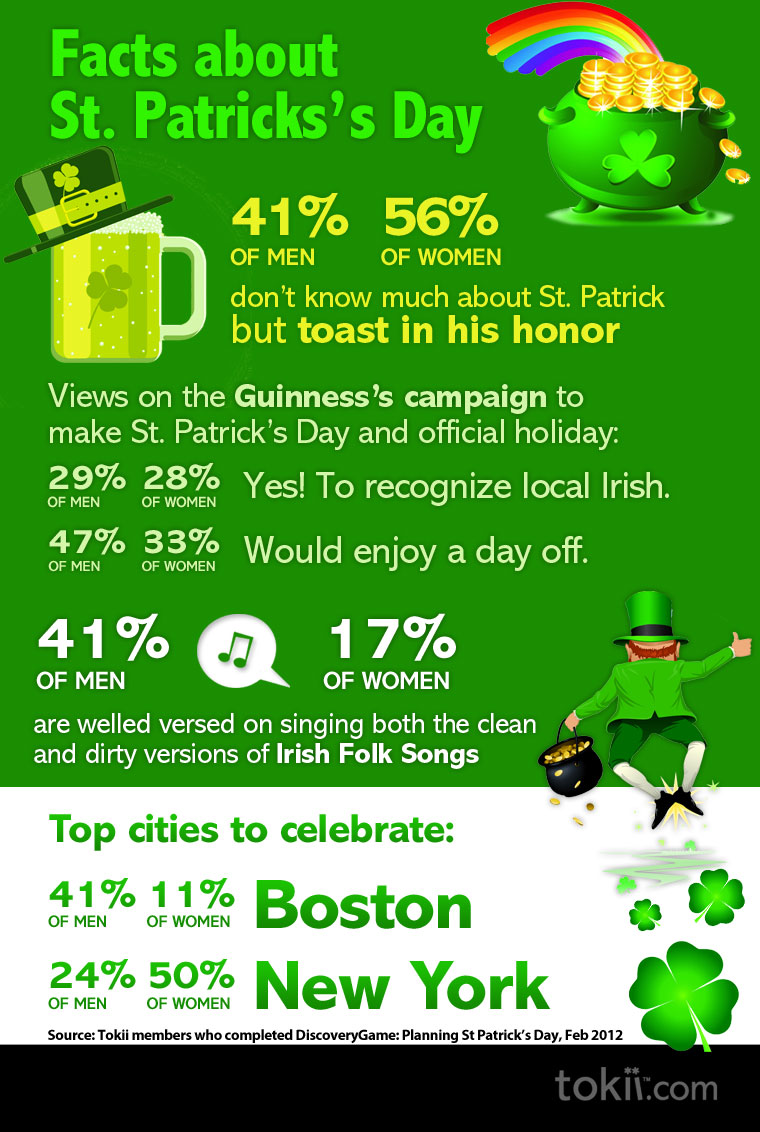 |
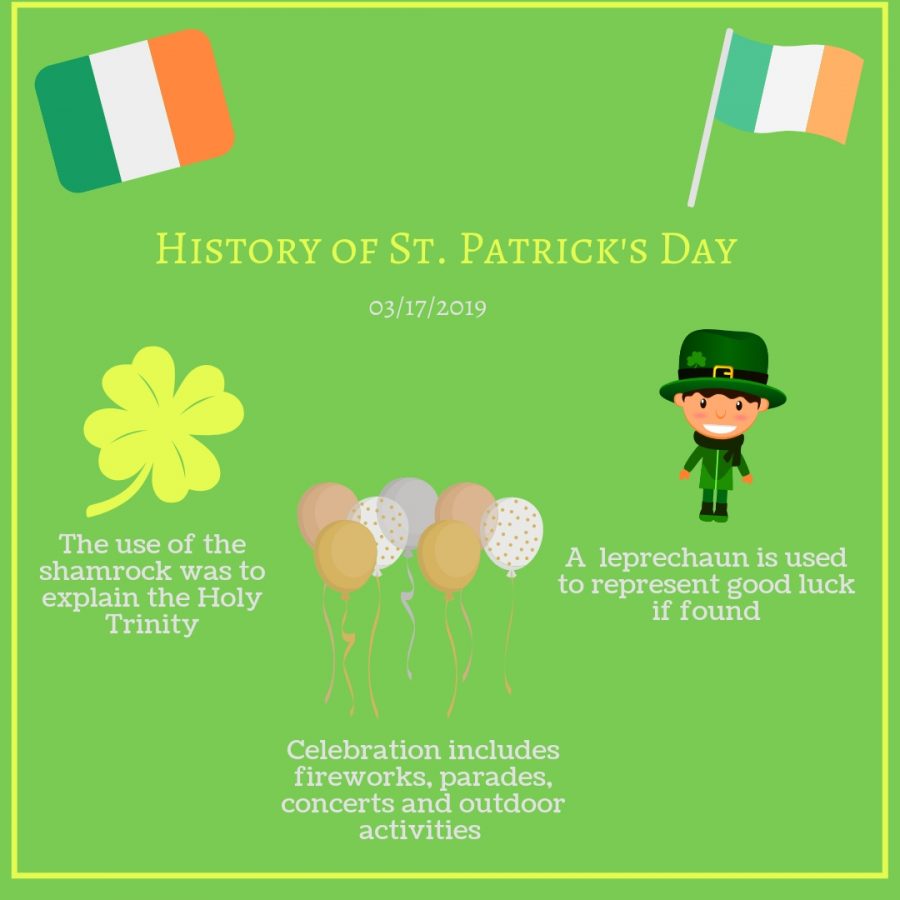 | 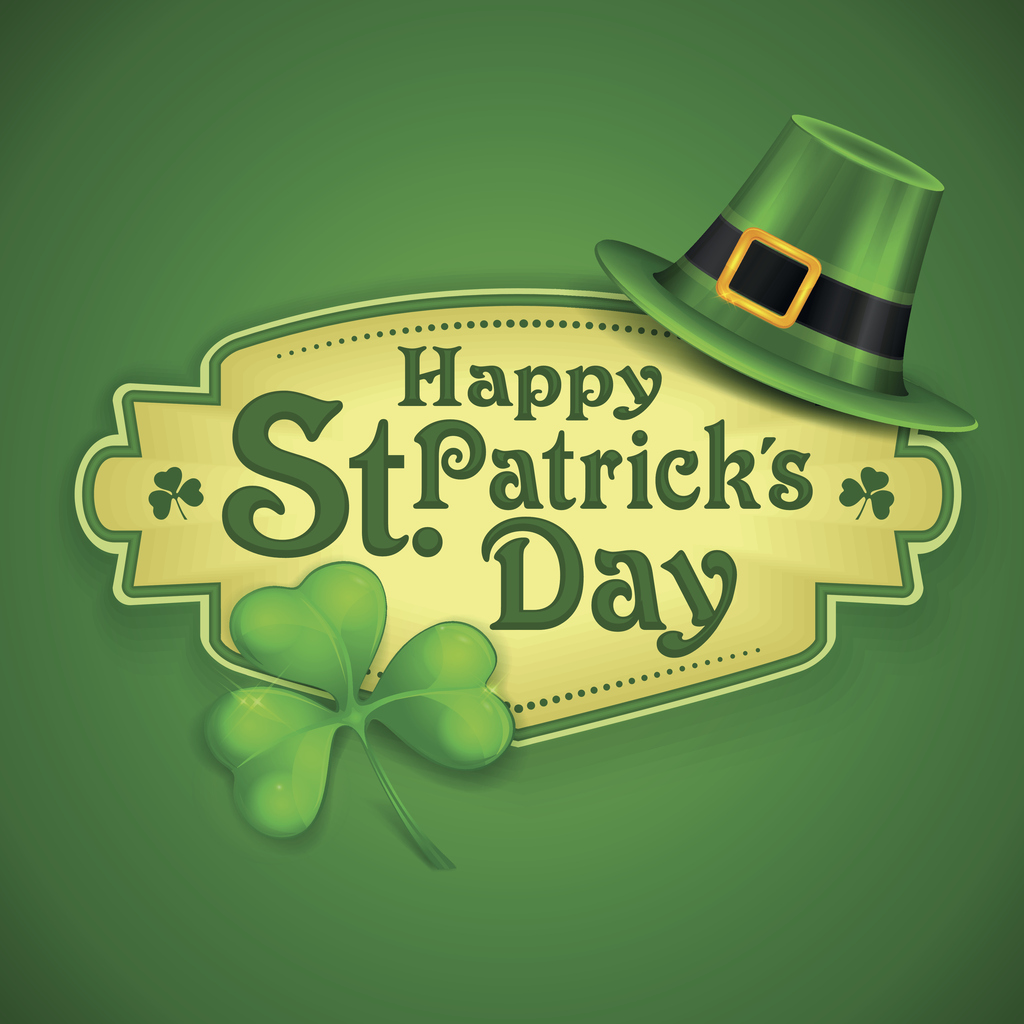 |
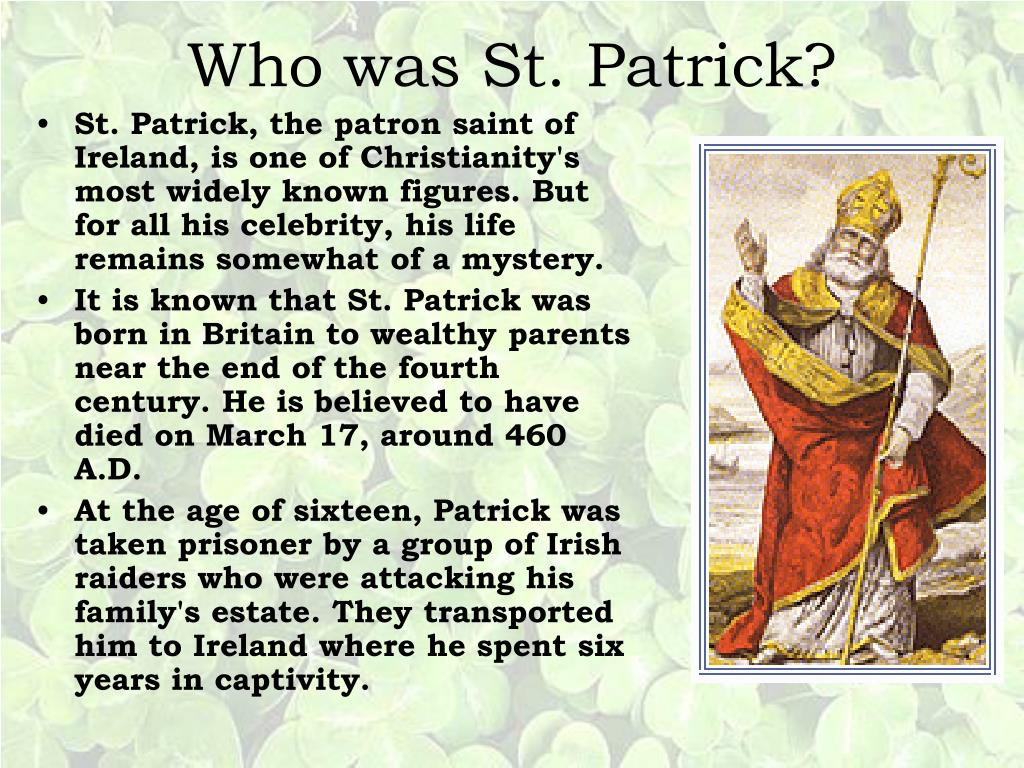 | 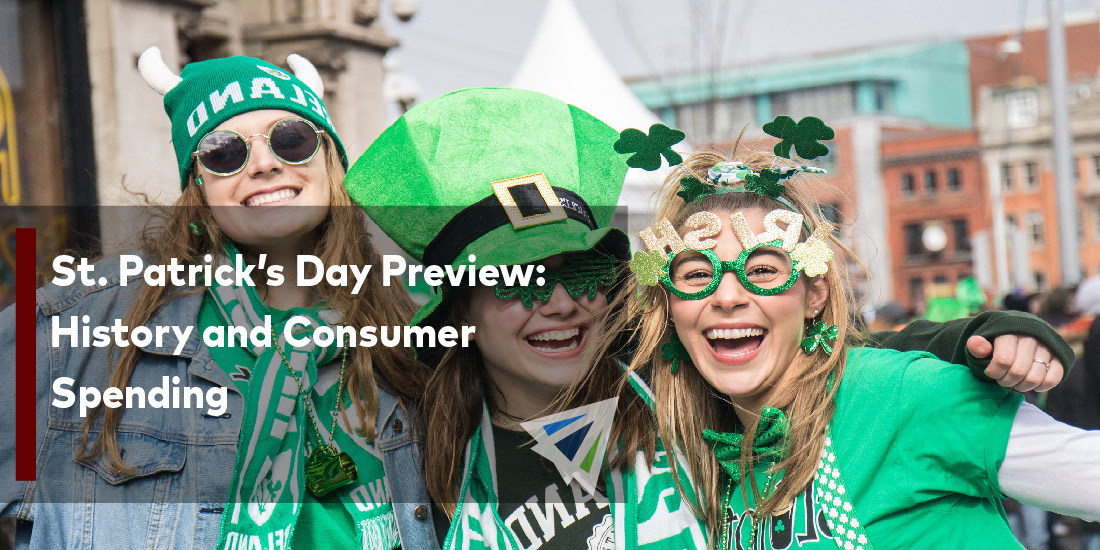 |
 |  |
 |  |
St. Patrick’s Day is a global celebration of Irish culture that takes place annually on March 17, the anniversary of the patron saint of Ireland's death in the fifth century. The holiday has While green is the color most frequently associated with the holiday the other St. Patrick’s colors still have special meanings. As St. Patrick’s Day is a celebration of both Saint Patrick and Ireland, some of the St. Patrick’s Day colors tie directly to the patron saint, while others are more representative of Ireland itself. Groundhog Day is behind us. Easter is around the corner. And in the middle is a holiday associated with merry drinking and a centuries-old religious figure: St. Patrick's Day. Monday, March 17, is In unpacking St. Patrick’s Day, we’ll uncover not just a fascinating history of one man’s mission, but also a celebration that’s transcended religious origins to become a symbol of cultural identity, unity, and festivity for people from all over the world. The Flag’s Role in St. Patrickʹs Day Celebrations: During St. Patrick’s Day, the Irish flag is prominently displayed, symbolizing national pride and the unity of diverse communities coming together in celebration. St. Patrick Himself: Patron Saint and Cultural Hero. Historical Background: St. Patrick's Day Explained: Walt breaks down the history of St. Patrick's Day and the role of those big parties. Saint Patrick’s Day, feast day (March 17) of St. Patrick, patron saint of Ireland. People of that country celebrate the day with religious services and feasts, but Saint Patrick’s Day has transformed into a largely secular holiday of revelry in other parts of the world. What is the History of St. Patrick’s Day? The first St. Patrick’s Day celebration took place in Ireland as a religious observance. By the 9th or 10th century, the Irish had begun observing March 17 as St. Patrick’s Feast Day. What does St. Patrick's Day celebrate? Originally, the Irish holiday was meant to honor the patron saint of Ireland, Saint Patrick. Now, the day has become a celebration of Irish culture. Born in The Great Debate: Patty’s Day vs. Paddy’s Day vs. St. Patrick’s Day. Let’s get straight to the point: It’s Paddy’s Day, not Patty’s Day. The confusion arises mainly in North America, where some mistakenly shorten St. Patrick’s Day to Patty’s Day. However, in Ireland, this is considered incorrect. Here’s why: The nicknames for Patrick or Patricia—Patty, Paddy or Patti—are all used, sometimes interchangeably. So it makes sense that "Patty's Day" is a lot of people's go-to when nicknaming St. Patrick St. Patrick’s day celebrates divine faith, protection, and transformation. Saint Patrick was a paragon of faith in Christ. He remained a devoted servant to God despite having been kidnapped by the Irish from his homeland of Britain and made to serve them as a slave for 6 years. St. Patrick’s Day is rooted in history, faith, and traditions that carry important lessons for everyone. People celebrate it on March 17 every year to honor Saint Patrick, the patron saint of Ireland. He was a man who taught people about kindness, faith, and hope. This blog will explore 10 spiritual meanings behind St. Patrick’s Day. This is an accepted version of this page This is the latest accepted revision, reviewed on 17 March 2025. There are 2 pending revisions awaiting review. Cultural and religious celebration on 17 March For other uses, see Saint Patrick's Day (disambiguation). Saint Patrick's Day Saint Patrick depicted in a stained-glass window at Saint Benin's Church, Ireland Official name Saint Patrick's Day St. Patrick’s Day is a global celebration of Irish culture that takes place annually on March 17, the anniversary of the patron saint of Ireland's death in the fifth century. The Irish have Here is the history behind St. Patrick's Day. St. Patrick's Day in Memphis Though Memphis is not known as a hub for Irish people, several Irish pubs and restaurants exist throughout town. What is the real meaning of Saint Patrick’s Day? A look at the facts and history behind Paddy’s Day to discover how close to the origins of the day the meaning of St Patrick's Day now is. The first-ever St. Patrick's Day parade in the U.S. took place in Boston in 1737, with New York following in 1762, according to the History Channel. Do People in Ireland Celebrate St. Patrick's Day? While St. Patrick's Day celebrations often produce images of T-shirts donning "Kiss me, I'm Irish," leprechaun hats and pubs full of people, the holiday holds a deeper meaning. Here's a look at Happy St. Patrick's Day Quotes and Messages; Because St. Patrick’s Day falls during Lent, it became a day for Christians to take a break from the abstinence practiced during the weeks leading up to Easter. By the 1700s, the holiday had started to take a decidedly more festive turn than its founders had intended.
Articles and news, personal stories, interviews with experts.
Photos from events, contest for the best costume, videos from master classes.
 |  |
 |  |
 |  |
 |  |
 |  |
 |  |